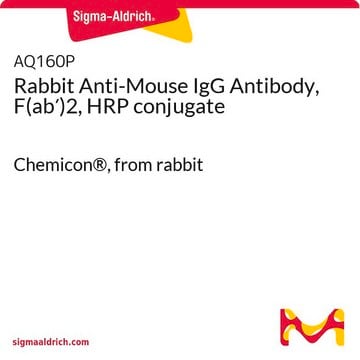There are a number of cell types present in brain tissue. Glucose requirements may vary by cell type. This product is not tested for use in primary cell culture. However, the typical glucose concentration in most classical media is 1 g/L or 5 g/L. In brain slice or hippocampal slice studies, the glucose concentration may vary broadly. It is advisable to search to the literature for the appropriate concentration of D-glucose to use for primary brain cell culture. Please see the links below to review examples of these publications:
'Organotypic hippocampal slice culture from the adult mouse brain: A versatile tool for translational neuropsychopharmacology'
https://www.sciencedirect.com/science/article/pii/S0278584612002862?via%3Dihub
'Preparation of organotypic brain slice cultures for the study of Alzheimer’s disease'
https://www.ncbi.nlm.nih.gov/pmc/articles/PMC5964634/








